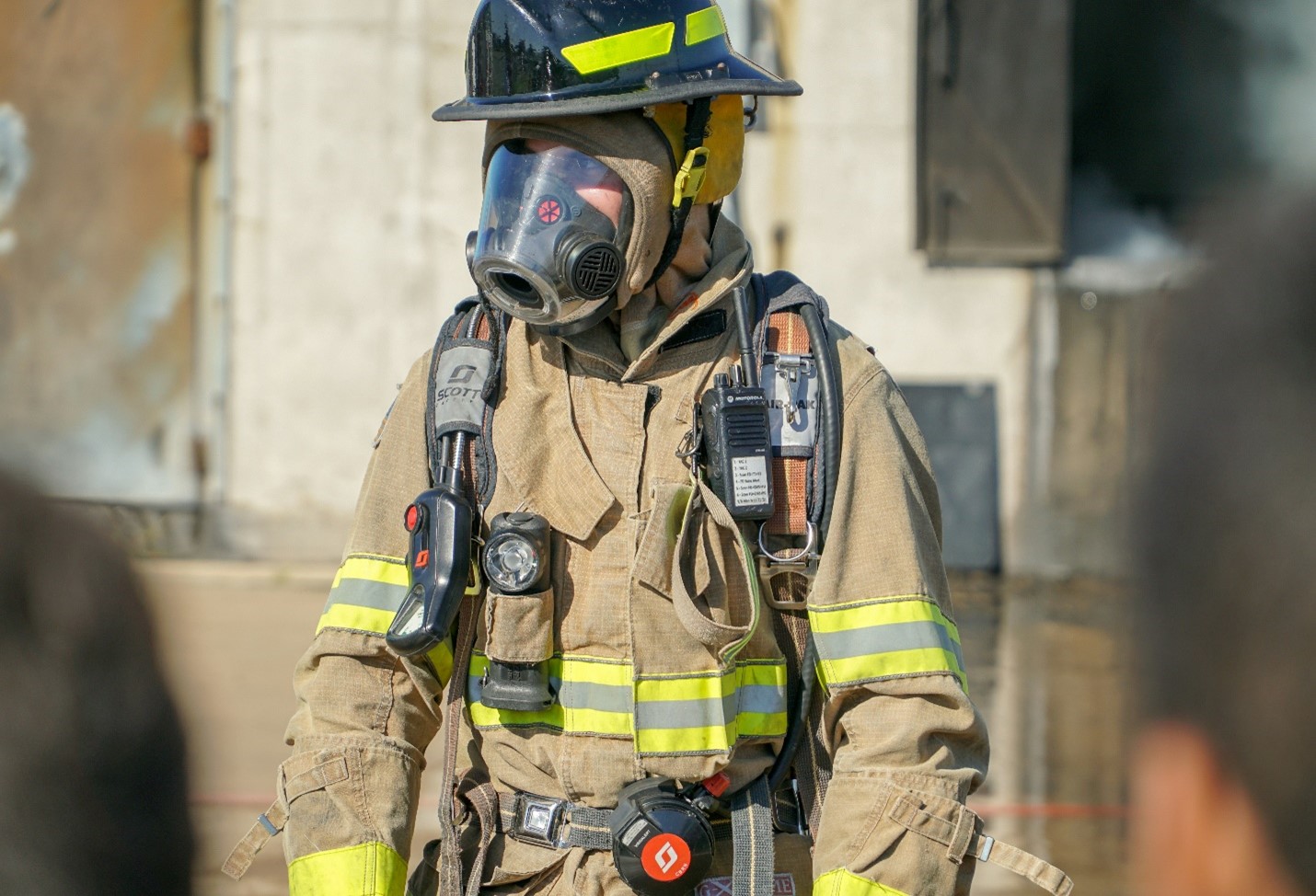Understanding Fire Ratings and Standards
In the realm of fireproofing and fire safety, fire ratings and standards are critical components that ensure materials and structures can withstand fire exposure for specified periods. Understanding these ratings and standards is essential for anyone looking to enhance fire safety in homes, offices, or industrial settings. This article delves into the fundamentals of fire ratings, the standards governing them, and their importance in fire safety.
What Are Fire Ratings?
Fire ratings, often referred to as fire resistance ratings, measure the ability of a material or structure to withstand fire and retain its structural integrity and functionality for a specific period. These ratings are typically expressed in hours (e.g., 1-hour, 2-hour, 3-hour ratings) and indicate how long a material or system can resist fire before failing.
Common Fire Rating Classifications
- Class A, B, and C Ratings: These ratings are typically used for roofing materials and indicate their ability to resist fire. Class A provides the highest level of fire resistance, followed by Class B, and Class C.
- 1-Hour, 2-Hour, 3-Hour Ratings: Used for walls, floors, ceilings, and doors, these ratings signify how long the element can withstand fire. A 2-hour fire-rated wall, for example, can prevent the spread of fire for two hours.
Key Fire Standards
- ASTM E119 (UL 263): This standard test method for fire tests of building construction and materials evaluates the performance of materials and assemblies in preventing fire spread.
- NFPA 251: The National Fire Protection Association’s standard for fire tests of building construction materials, similar to ASTM E119, focuses on fire resistance.
- ISO 834: An international standard for fire resistance tests, providing guidelines for determining the fire resistance of elements of building construction.
How Fire Ratings Are Determined
Fire ratings are determined through rigorous testing conducted by accredited laboratories. During these tests, materials and assemblies are exposed to controlled fire conditions, and their performance is evaluated based on several criteria:
- Structural Integrity: The ability of the material or assembly to maintain its shape and support load during exposure to fire.
- Thermal Insulation: The capacity to limit the temperature rise on the unexposed side of the assembly.
- Flame Spread: The speed at which flames spread across the surface of the material.
Importance of Fire Ratings and Standards
Understanding and adhering to fire ratings and standards are crucial for several reasons:
- Safety: Properly rated fireproof materials and systems provide critical protection, reducing the risk of fire spread and allowing more time for evacuation and emergency response.
- Compliance: Adherence to fire ratings and standards ensures compliance with local, national, and international building codes and regulations, avoiding legal and financial penalties.
- Insurance: Many insurance companies require compliance with specific fire ratings and standards as part of their coverage criteria. Proper fireproofing can lead to lower insurance premiums.
Applying Fire Ratings in Real Life
- Residential Buildings: Using fire-rated doors, walls, and roofing materials to enhance fire safety in homes.
- Commercial Buildings: Implementing fire-rated partitions and fireproofing structural elements to protect occupants and assets.
- Industrial Settings: Utilizing fire-resistant coatings and materials to safeguard against industrial fires and protect critical infrastructure.
Conclusion
Fire ratings and standards play a pivotal role in ensuring the safety and integrity of buildings and materials in the event of a fire. By understanding these ratings and implementing compliant materials and systems, individuals and organizations can significantly enhance their fire safety measures, protecting lives and property from the devastating effects of fire.
For more information on fireproofing solutions and fire ratings, feel free to contact us or explore our comprehensive range of fireproof products and services.





